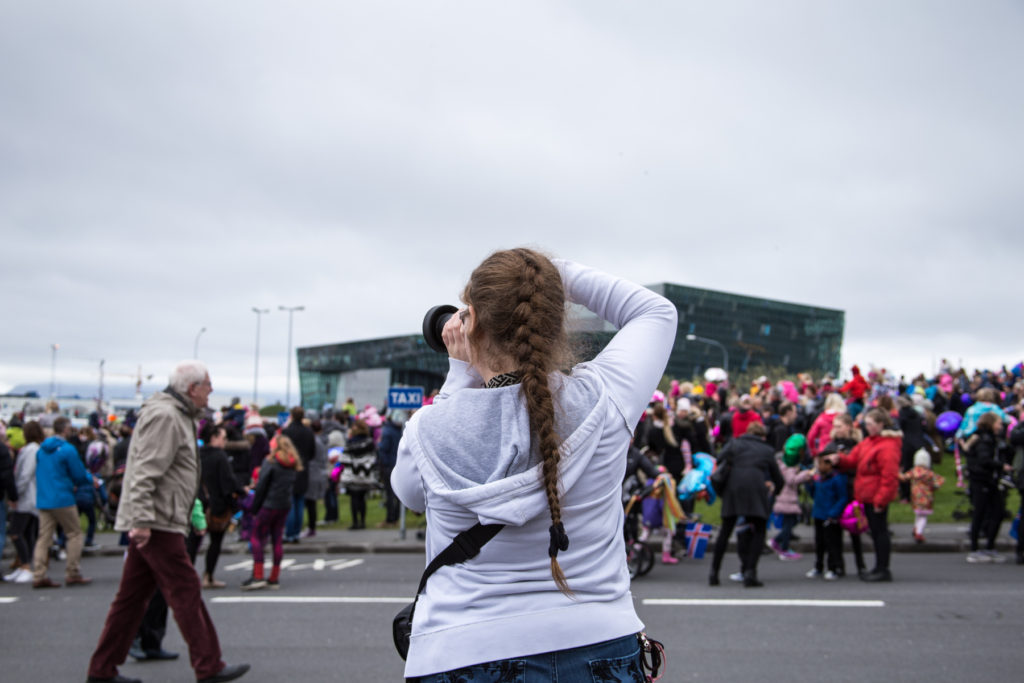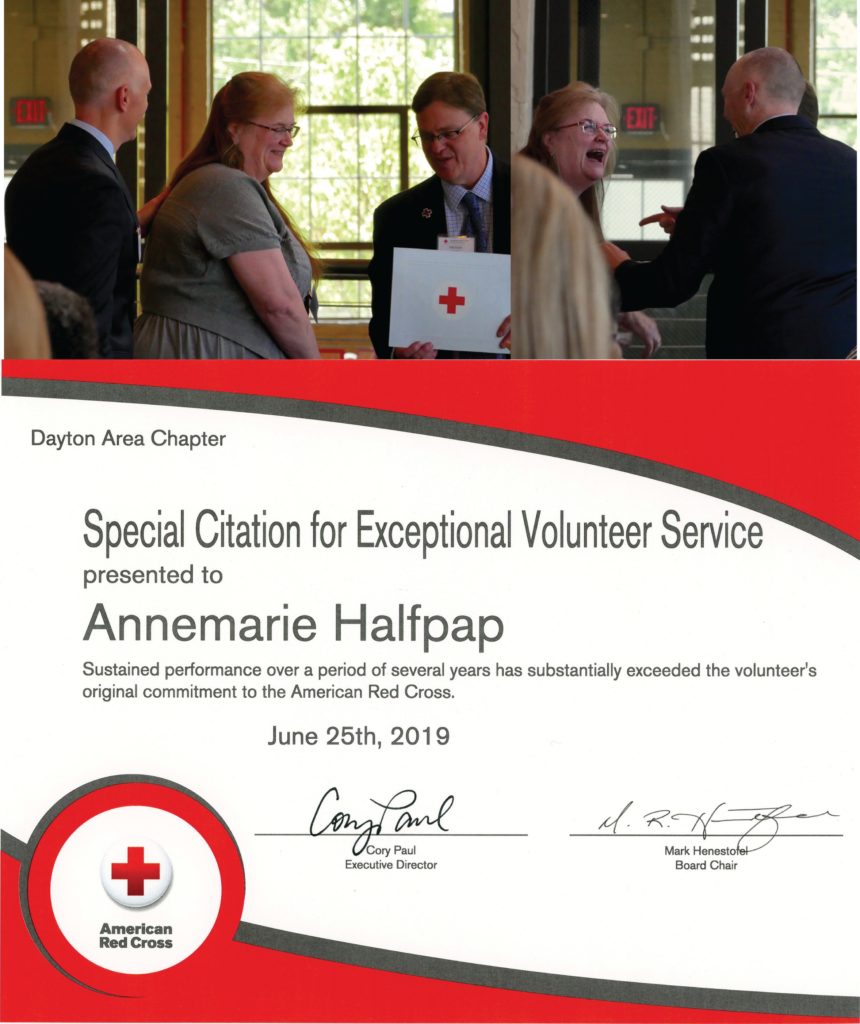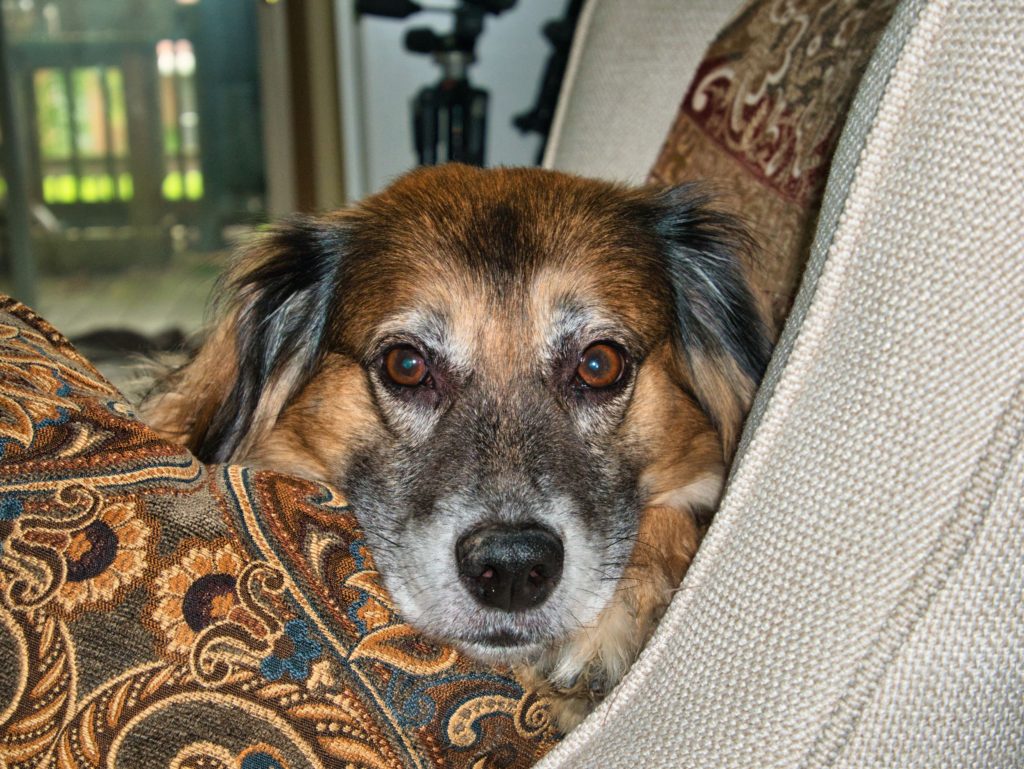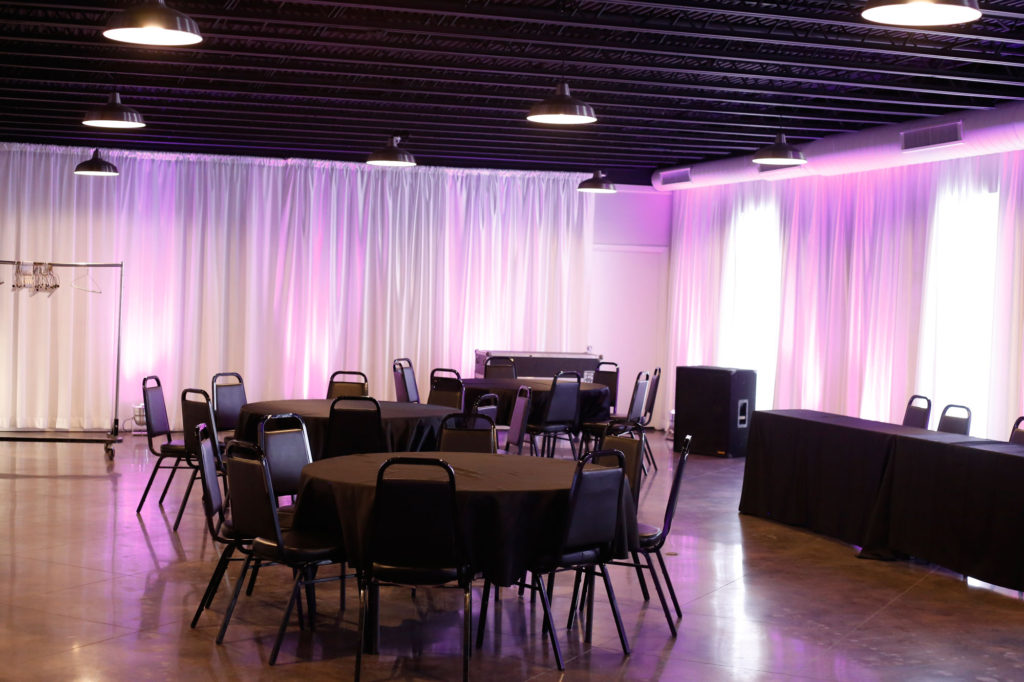You have the talent, you have the training, you have the equipment, you are ready to be a professional photographer – now what? I am a strong believer that the education we pursue to become a photographer is often missing one of the most important elements; strategies on business, and how to sell yourself and your craft.
I am absolutely terrible at self-promotion. I hate it when people ask me “how much do you charge?” It has taken me a lot of years to try and find my self-worth, especially when it come to putting a price tag on something I have created. And don’t let me fool you, I still haven’t totally found it. So, take it from me, learn the skills when you are young. It is so very important!
- Take Business Classes – If you are in college, no matter what your major is, if you ever think you want to own your own business, take some business courses. If you aren’t in college, you can go back or find some courses you can take online. Places like CreativeLive.com have some wonderful courses. Do it early so you have the mindset from the very beginning.
- You are in Business to Make Money – As a creative person you put all your energy into creating. You aren’t thinking about down the road when you want to be able to make a living doing your craft. When that time comes you have to change your approach and remember you are in business to make money.
- Don’t Assume – Don’t ever think the clients will find you. Don’t get me wrong, some will. At first, usually by word of mouth, you will find yourself with work. But as you work through your personal network things can dry up. You have to self-promote. You have to get out there and make yourself a household name. Get involved with your community, join your local Chamber, get people to notice you, and most important know your name.

- Keep at IT! – Keep learning, don’t get too comfortable. There will always be new equipment, new processes, new trends. Not just in photography, but business as well. Remember you have to keep up with the times and stay current with the trends. Most importantly – Educate Yourself!





